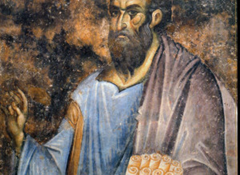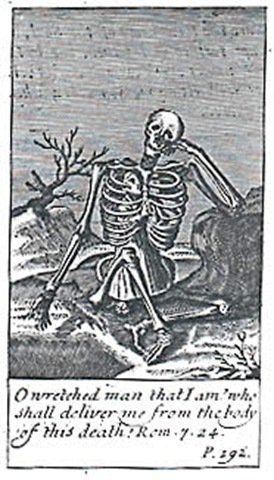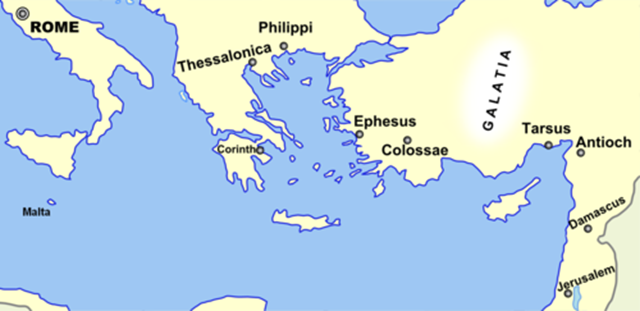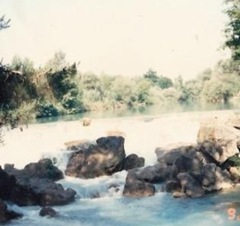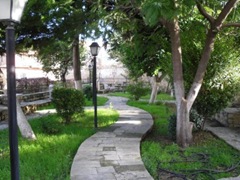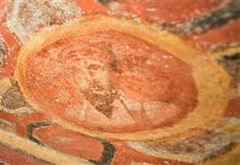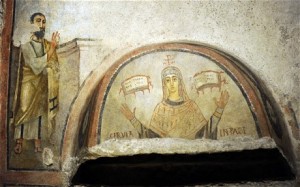UPDATE: A Wretched Man, a novel of Paul the apostle is now available as an eBook for $8.99. It is in Kindle version at Amazon.com and also through the publisher’s website. It is also available in iPad, Sony Reader, Nook/.epub version through the publisher’s website.
The Amazon Kindle has long been the leader in the eBook revolution, but Apple’s rollout of the iPad in the past few months has heightened awareness of the eBook phenomenon. For the uninitiated who haven’t been paying attention, eBook reading devices (such as Kindle, iPad, Nook, etc.) allow users to read books in electronic format. Poppycock, you say? A passing fad? For better or worse, the answer is a resounding no, and the major publishing houses are scared to death, and recent news items will only stoke their fears.
I’ll get to that in a moment, but let us pause first and enjoy the musty fragrance of old books.
Louise Erdrich is an accomplished Minnesota author, and her memoir of a trip to the border waters of Minnesota and Canada, Books and Islands in Ojibwe Country , paints a compelling portrait of the traditional bibliophile. Conservationist, canoeist, photographer, and lover of books, Ernest Oberholtzer lived most of his 93 years on a remote island on Rainy Lake. Erdrich’s pilgrimage included a few days in residence in an Oberholtzer cabin preserved by the foundation that maintains the island and offers summertime retreats for artists, authors, and others entranced by Ober’s legacy.
, paints a compelling portrait of the traditional bibliophile. Conservationist, canoeist, photographer, and lover of books, Ernest Oberholtzer lived most of his 93 years on a remote island on Rainy Lake. Erdrich’s pilgrimage included a few days in residence in an Oberholtzer cabin preserved by the foundation that maintains the island and offers summertime retreats for artists, authors, and others entranced by Ober’s legacy.
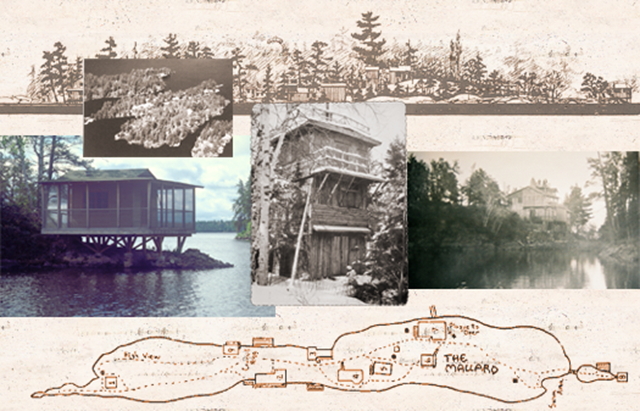 Erdrich writes,
Erdrich writes,
I want to stay among what I imagine must have been his favorite books. The foundation has tried to keep the feeling of Ober’s world intact, and so the books that line the walls of his loft bedroom were pretty much the ones he chose to keep there, just hundreds out of the more than 11,000 on the island. Heavy on Keats, I notice right off, as we enter. Volumes of both the poems and the letters. Lots of Shakespeare … then with kind of a bingeing greed I start, taking one book off the shelf, sucking what I can of it, replacing it … [I imagine a year with these books in which] I am forced to do nothing but absorb Oberholzer’s books. Every day, I pluck down stacks of books from the shelves upon shelves tacked up on every wall and level of each of the seven cabins on Ober’s island. Slowly, I go through the stacks, reading here and there until I find the book of which I must read every word.
As an undergraduate at Dartmouth four decades ago, I spent much of my study time in Baker Library, and I preferred climbing into the stacks of many storeys and storys. Huddling in a corner carrel, surrounded by thousands of hoary volumes, I sensed that I learned by osmosis, that even if I napped, knowledge would seep in through my pores.
For such as Oberholtzer, Erdrich, and me, something will be lost in the phenomenon of the eBook. But now to the recent news stories that bode an ominous future for traditional publishing.
Amazon.com is an ecommerce phenomenon. Founded in 1994 as an online bookstore, Amazon soon cut deeply into the market share of traditional brick and mortar bookstores. Today, it is the giant of booksellers and sells far more books than any other entity. Just a few years ago, it introduced Kindle, a hand held, electronic device that could read digital versions of books. Here is the first recent news story:
The Amazon.com Kindle e-reader and bookstore have reached a “tipping point,” the company said Monday, with Kindle titles outselling hardcover books on the massive online marketplace for the first time … “even while our hardcover sales continue to grow, the Kindle format has now overtaken the hardcover format. Amazon.com customers now purchase more Kindle books than hardcover books–astonishing, when you consider that we’ve been selling hardcover books for 15 years and Kindle books for 33 months.”
This report suggests that the much ballyhooed introduction of the Apple iPad into the marketplace has not negatively affected Amazon and Kindle—to the contrary, the increased public awareness of the eBook phenomenon engendered by the iPad publicity seems to have benefited all eBook vendors.
The second news item is that the price for a Kindle continues to drop even as the technology improves.
Amazon has launched a $139 Wi-Fi-only Kindle, hoping to stay ahead of competitors by luring customers with low-priced e-readers that the online retailer is betting will drive digital book sales.
Amazon on Thursday also introduced the third generation of the original Kindle, which has Wi-Fi and 3G wireless technologies. The latter makes it possible to buy digital books from Amazon and download them in less than a minute. Amazon kept the price for the device at $189.
Meanwhile, Barnes & Noble announced its own marketing effort to push its version of an eBook reader, the Nook:
In September, the chain will begin an aggressive promotion of its Nook e-readers by building 1,000-square-foot boutiques in all of its stores, with sample Nooks, demonstration tables, video screens and employees who will give customers advice and operating instructions.
What’s an author to do? Much as I might prefer to live in a world of Baker Library stacks and Oberholtzer island retreats, I recognize that I must sell books in order to write them. My publisher has been working diligently to convert A Wretched Man novel to the various digital formats, and it will soon be available as an eBook through Kindle, Barnes and Noble, and others as well as downloadable from our own website.

